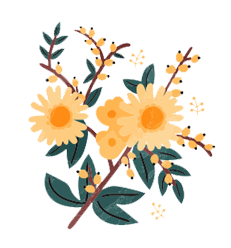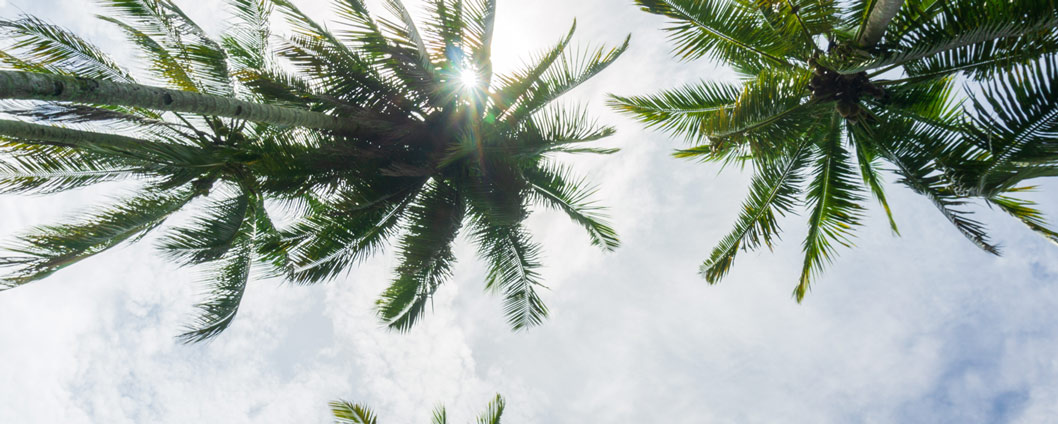Choosing the Right Flowers for Your Climate: A Guide to Thriving Blooms
Dreaming of a vibrant garden bursting with color? The secret to success lies in choosing the right flowers for your specific climate. While some blooms are adaptable, others thrive only in certain conditions. Ignoring your local climate can lead to disappointment, with plants struggling to survive or failing to bloom. This guide will help you understand the importance of climate considerations and offer tips for selecting the perfect flowers for your region.
Understanding Your Climate:
The first step is to understand your climate zone. Many regions are categorized into zones based on average minimum winter temperatures. Knowing your zone helps you determine which plants are most likely to survive the winter and return year after year (perennials). You can easily find your climate zone online by searching for “[your region] climate zone.” In addition to temperature, consider other factors like rainfall, sunlight, humidity, and growing season length. These elements play a significant role in a plant’s success.
Matching Flowers to Your Climate:
Once you know your climate zone, you can start researching suitable flowers. Seed packets and plant tags often indicate which zones a particular plant thrives in. Local nurseries and garden centers are also invaluable resources, as they typically stock plants that are well-suited to the local climate.
Here are some general guidelines based on climate types:
- Cool Climates (Short Summers, Cold Winters): Focus on hardy perennials that can withstand freezing temperatures, such as tulips, daffodils, hyacinths, peonies, and hostas. Consider annuals like pansies, violas, and snapdragons for a burst of color.
- Temperate Climates (Moderate Temperatures, Distinct Seasons): This climate offers a wide range of options. Enjoy the beauty of roses, lilies, irises, daylilies, and coneflowers. Many annuals will also flourish, including petunias, marigolds, and zinnias.
- Warm Climates (Long Summers, Mild Winters): Embrace heat-loving plants like hibiscus, bougainvillea, lantana, and geraniums. Consider drought-tolerant varieties if water conservation is a concern. Many tropical plants can also thrive in warm climates.
- Arid Climates (Hot, Dry Conditions): Choose drought-tolerant plants like succulents, lavender, yarrow, and agave. These plants are adapted to conserve water and can withstand intense heat.
- Humid Climates (High Moisture Levels): Select plants that tolerate humidity, such as ferns, hostas, and impatiens. Ensure good air circulation to prevent fungal diseases.
Beyond Climate Zones:
While climate zones are a helpful starting point, remember that microclimates exist within larger regions. For example, a garden sheltered by a building might be warmer than an exposed area. Observe your garden throughout the day to understand how sunlight and shade affect different areas. This will help you choose the best location for each plant.
Tips for Success:
- Research Thoroughly: Don’t just rely on pretty pictures. Learn about a plant’s specific needs, including sunlight, water, and soil requirements.
- Visit Local Nurseries: Talk to the experts at your local nursery or garden center. They can provide valuable advice on which plants are best suited to your area.
- Consider Native Plants: Native plants are adapted to the local climate and require less maintenance. They also support local ecosystems.
- Don’t Be Afraid to Experiment: Gardening is a learning process. Don’t be afraid to try new things and see what works best in your garden.
By understanding your climate and choosing the right flowers, you can create a thriving garden that brings you joy and beauty throughout the seasons. Happy gardening!




